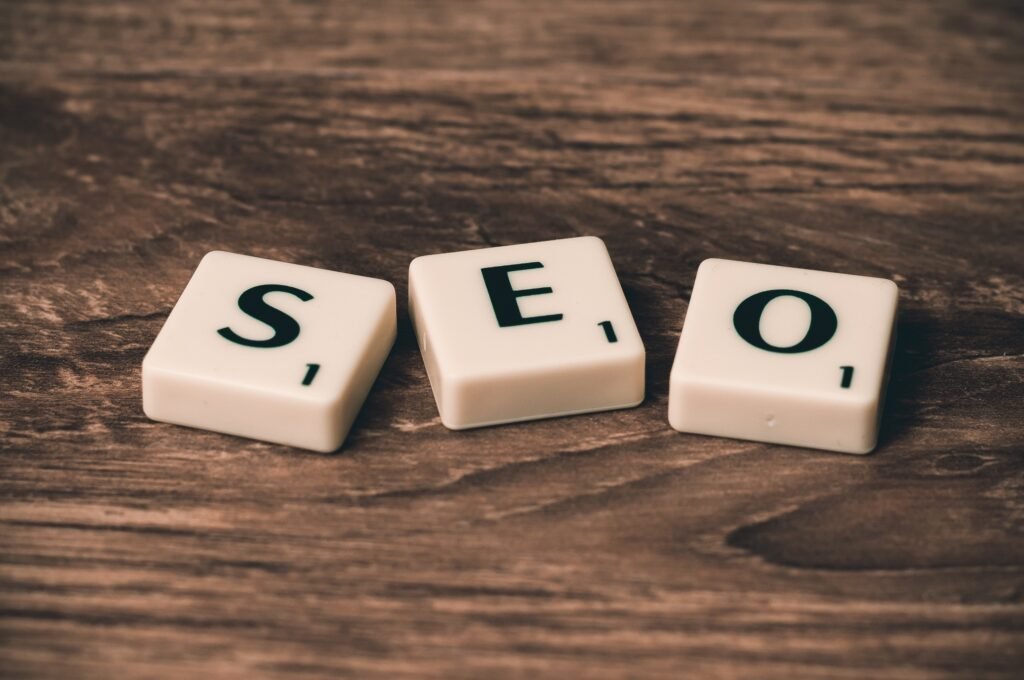The Complete Guide to On-Page SEO Optimization ?
"A successful website does three things: It attracts the right kinds of visitors. Guides them to the main services or product you offer. Collect Contact details for future ongoing relation."
On-Page Optimization:
This includes optimizing website elements like title tags, meta descriptions, header tags, and images for search engines.
On-page SEO optimization involves optimizing individual web pages to rank higher and earn more relevant traffic from search engines. Here are some key elements of on-page SEO optimization:
Keyword research –
Conduct keyword research to identify the keywords and phrases your target audience is searching for. Use this information to optimize your content with relevant keywords and phrases.
Title tags and meta descriptions –
Use compelling and informative title tags and meta descriptions to help search engines understand the content of your web pages and encourage users to click through to your website.
Header tags –
Use header tags (H1, H2, H3, etc.) to structure your content and make it more readable for both users and search engines.
Content optimization – Optimize your content with relevant keywords and phrases, use internal links to other relevant pages on your website, and make sure your content is high-quality and engaging.
Image optimization –
Optimize your images with descriptive filenames and alt text that includes relevant keywords.
URL structure –
Use clean, descriptive URLs that include relevant keywords to help search engines and users understand the content of your web pages.
Mobile Optimization –
Make sure your website is optimized for mobile devices to provide a seamless user experience for mobile users. SEO Optimization Services
Page speed –
Optimize your web pages for fast loading times to improve user experience and search engine rankings.
By implementing these on-page SEO optimization techniques, you can improve the visibility of your web pages in search engine results and attract more relevant traffic to your website.
Site Speed: Websites that load quickly tend to rank higher in search engine results, as users value fast and efficient websites. Site speed is an important factor for search engine optimization (SEO) and user experience. Here are some websites that can help you analyze and improve your site speed:
Google PageSpeed Insights – This free tool from Google analyzes your website’s performance on both desktop and mobile devices, providing recommendations for how to improve your site speed.
GTmetrix – GTmetrix is a website speed testing tool that analyzes your website’s speed and provides recommendations for improvement. It also provides detailed information about page size, load time, and other performance metrics.
Pingdom – Pingdom is a website speed testing tool that provides detailed information about page load time, performance, and errors. It also offers suggestions for how to improve your website’s speed.
WebPageTest – WebPageTest is a free website speed testing tool that allows you to test your website’s performance from multiple locations and devices. It also provides detailed information about page load time, performance, and other metrics.
YSlow – YSlow is a free tool that analyzes your website’s speed and provides recommendations for how to improve its performance. It also provides a grade for your website’s overall speed and performance.
By using these website speed testing tools, you can identify areas where your website’s performance can be improved and implement changes to improve your site speed and provide a better user experience for your visitors.



















